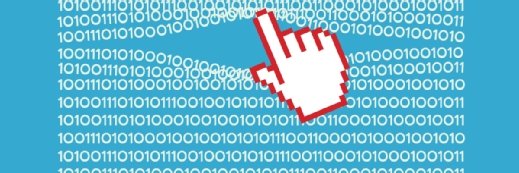Using BackOps to improve software development processes
Learn how BackOps understands different personality types and can improve the software development lifecycle and scale the enterprise.
One of the biggest challenges in modern business lies in orchestrating a balance between future-oriented managers and detail-oriented developers. Salespeople and managers tend to be more assertive and are good at ignoring important details. Meanwhile, developers and back office support personnel tend to be more receptive and are more focused on details.
The developers tend to get blamed when things go wrong. Kristen Koh Goldstein, CEO and founder of BackOps and Scalus, said this can kill motivation. As a result, many organizations are not getting the best from their developers. Decisions are often trapped at the management layer by people that are too busy to worry about those decisions. Goldstein found huge gains in productivity when she developed the communications infrastructure to level the playing field between these different types of people.
Balance receptive and assertive
Goldstein initially launched BackOps as a service to allow moms to continue to do accounting work from home. After a successful career as a technology investment manager for a large bank, she found her own career stalled once she started a family. This experience lead to the launch of BackOps to help skilled moms work from home in a way that worked for large companies.
One of the biggest challenges they ran into lay around the more receptive qualities of support personnel and the more assertive qualities of the business managers they worked with. Goldstein said, "Assertive types in management and on the sales floor are hugely aggressive. They go about their day as if the world was at their beck and call. The back office people are pleasers. Because they have a receptive personality they often believe that things are their fault when they are not."
In complicated projects, people can have difficulties tracking what did and did not happen. Goldstein would get calls from clients that taxes had not been filed on time. A lengthy analysis of the communications between the managers and the back office people would reveal management had ignored important requests that hung up the process. Goldstein said they needed a collaborative system of record that would memorialize what did and did not happen.
This lead to the development of Scalus, a tool for aggregating communications from chat, email, phone calls and project management systems to help improve business processes. "When you have a system that protects people that are not self-advocates, the entire organization benefits," Goldstein said. "There is a fine line to monitoring people and putting the guardrails in place to protect people from being blamed for things that are not their fault."
Create guardrails for productivity
One of the things that kill productivity is when management conveniently ignores important chats, email messages or texts relevant to a project. It is important to find a way to integrate the record of these communications across all of the channels used in the organization. This makes it easier to track when things get dropped, so that the entire process can be improved.
In the beginning, BackOps tried out collaboration tools like Podio and Yammer. Developers and managers would simply mention someone in a chat. But Goldstein found that this was a terrible way to track work dependencies and deliverables since assignments often got overlooked. Organizations need to create a repository linked to the communications that is trackable and assignable.
Another approach would be to try and do all this with a dedicated project management tool that is shared across users. But this just creates another application that everyone has to learn. Goldstein believes that it is a better practice to integrate process tracking directly into the communication channels people are already using.
If you can quickly filter and research what did and did not happen, more time can go into fixing things rather than blaming. "It is important to detach the blame from the underlying human in order to improve the process," she said.
Don't blow off the pixie dust
Over the years as a software founder and investor, Goldstein came to recognize that the organization worked best when people were focused on different types of questions. She said, "I could say the same thing to my staff, and they would all hear different things."
Salespeople walk around with pixie dust and focus on the "why." Engineers focus on the "how." Product and design people focus on the "what." Goldstein believes that most businesses fail to scale because the how, why and what people are all speaking different languages, and a lot is lost in the communication. The how people need to know how to string tasks together. The what people need to know how something will feel. The why people care about purpose.
Goldstein explained, "One of my jobs as a CEO is to make sure that the engineers that exist in a pure world don't accidentally blow the pixie dust off of people that live in an aspirational one. Most salespeople sell the future rather than what exists today. People in the aspirational truth world are not lying, they are describing what the product should be, so that the company can become great."
An integrated communications tracking platform also lets BackOps track who in the organization gets assigned different kinds of jobs. "I can track how many girls at work get the corporate housekeeping jobs," Goldstein said. "It's an incredible system to keep people honest. Email is not very good at that. It is important to create guardrails so good people can do good work."
How have you optimized different personalities to improve overall efficiency? Let us know.
Next Steps:
Benefits of EQ training for software projects and teams
Building secure applications in the AWS cloud
For startups, hire for personality and not just skills









